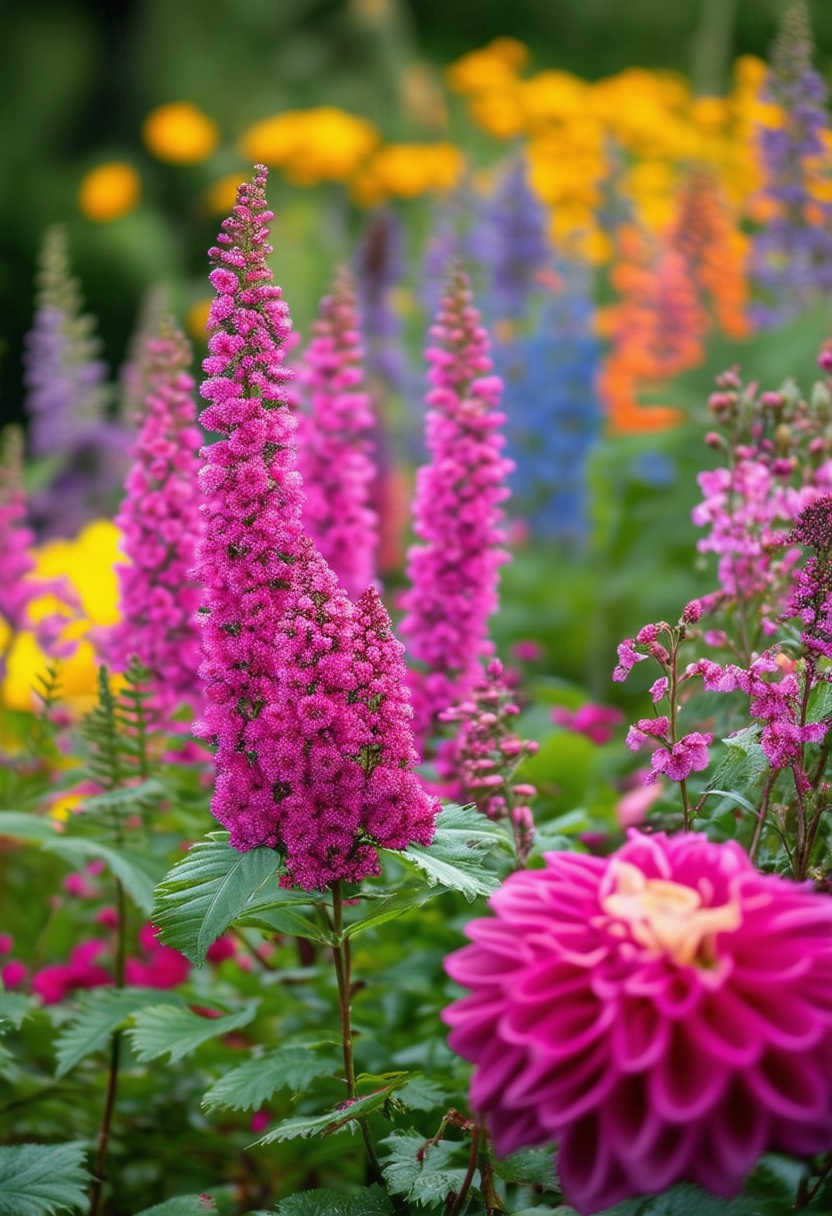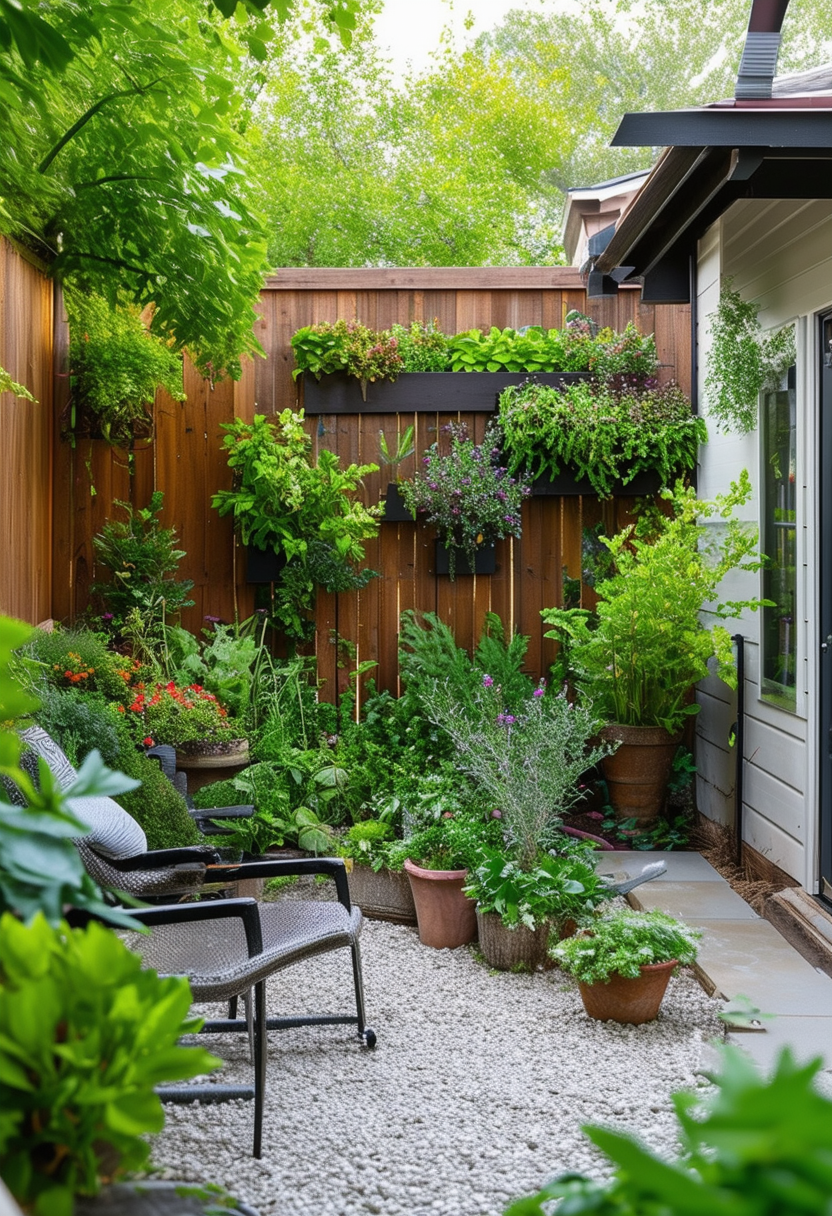In the world of gardening, few things captivate the senses quite like a stunning flower garden. With their vibrant colors, delicate petals, and tantalizing scents, flowers have an enchanting ability to elevate any outdoor space. Whether you’re a seasoned green thumb or a novice gardener, creating a beautiful flower garden design can be a rewarding and truly transformative experience.
From selecting the perfect blooms to arranging them in an artful display, crafting a flower garden is a harmonious blend of creativity, precision, and patience. In this article, we will explore the key elements of designing a breathtaking flower garden that will not only enhance the beauty of your outdoor space but also provide a sanctuary for bees, butterflies, and other pollinators. So, grab your gardening gloves and let’s embark on a journey to create a blooming paradise right in your own backyard.
Designing a Flourishing Color Palette
Blooming Beauty: Crafting a Stunning Flower Garden Design
When it comes to for your garden, it’s essential to consider the overall theme and atmosphere you want to create. One way to achieve this is by selecting a primary color scheme that will serve as the foundation for your design. Whether you prefer a vibrant and bold palette or a more subtle and soothing one, choosing the right colors can make all the difference in creating a visually appealing garden.
For a stunning flower garden design, it’s important to incorporate a variety of colors to create a dynamic and eye-catching display. Consider mixing bold, bright hues with softer, more muted tones to create depth and visual interest. Don’t be afraid to experiment with different combinations until you find the perfect balance that complements your garden’s overall aesthetic.
| Sun-loving Plants | Shade-loving Plants |
| Roses | Hostas |
| Lilies | Astilbes |
| Dahlias | Ferns |
Don’t forget to take into consideration the seasonality of your plants when designing your color palette. By selecting a mix of flowers that bloom at different times of the year, you can ensure that your garden will be in full bloom throughout the seasons, providing you with a continuous display of color and beauty.
Choosing the Right Flowers for Your Garden
When it comes to creating a stunning flower garden design, choosing the right flowers is essential. Each flower brings its own unique beauty and characteristics to the garden, so it’s important to select ones that will complement each other and thrive in your specific growing conditions. Consider factors such as color, size, bloom time, and maintenance requirements to create a harmonious and visually appealing garden.
One way to ensure a cohesive look in your flower garden is to select a color scheme. Whether you prefer a vibrant rainbow of colors or a more subtle monochromatic palette, sticking to a color scheme will help create a cohesive and visually pleasing design. For a bold and eye-catching garden, consider planting a mix of complementary colors like red and yellow or purple and white. Alternatively, a garden with varying shades of the same color can create a more calming and sophisticated look.
Another important consideration when choosing flowers for your garden is the bloom time. By selecting a mix of early, mid, and late blooming flowers, you can ensure that your garden will be in constant bloom throughout the growing season. This not only provides visual interest but also attracts pollinators and beneficial insects to your garden, promoting a healthy ecosystem. Research the bloom times of different flower varieties and plan your garden layout accordingly to achieve a garden that blooms all season long.
Creating Depth and Texture in Your Flower Beds
One way to elevate the look of your flower beds is by creating depth and texture in your garden design. This can add visual interest and dimension to your outdoor space, making it more pleasing to the eye. By incorporating different layers and textures, you can create a stunning display that will turn heads.
One way to achieve depth in your flower beds is by planting flowers of varying heights. This can create a sense of movement in your garden, drawing the eye up and down. Consider planting taller flowers like sunflowers or delphiniums towards the back of the bed, and shorter flowers like pansies or daisies towards the front. This will create a dynamic and visually appealing look.
| Height | Flower |
|---|---|
| Tall | Sunflowers |
| Medium | Delphiniums |
| Short | Pansies |
Another way to add texture to your flower beds is by mixing different types of plants together. Combining flowers with different leaf shapes and colors can create a visually interesting contrast. For example, pairing spiky purple salvia with round, yellow marigolds can create a striking visual impact. Play around with different combinations to find what works best for your garden.
Maintaining Your Garden’s Beauty throughout the Seasons
When it comes to crafting a stunning flower garden design, it’s important to consider the different elements that will help your garden maintain its beauty throughout the seasons. One of the key factors to keep in mind is selecting a variety of flowers that bloom at different times of the year. This will ensure that your garden is always filled with vibrant colors and textures, no matter the season. Consider planting a mix of annuals and perennials to create a dynamic and ever-changing landscape.
AnoTher important aspect of maintaining your garden’s beauty is proper maintenance and care. Regular weeding, watering, and fertilizing are essential for keeping your flowers healthy and thriving. Consider investing in quality gardening tools and equipment to make the process easier and more efficient. Additionally, pay attention to the specific needs of each type of flower in your garden to ensure they are getting the right amount of sunlight, water, and nutrients.
For a truly unique and eye-catching flower garden design, consider incorporating different heights, textures, and colors throughout your garden. Create visual interest by mixing tall, spiky flowers with low, trailing plants, and vibrant blooms with subtle foliage. Experiment with different plant arrangements and groupings to create a cohesive and visually appealing garden layout. Don’t be afraid to get creative and think outside the box when designing your flower garden!


